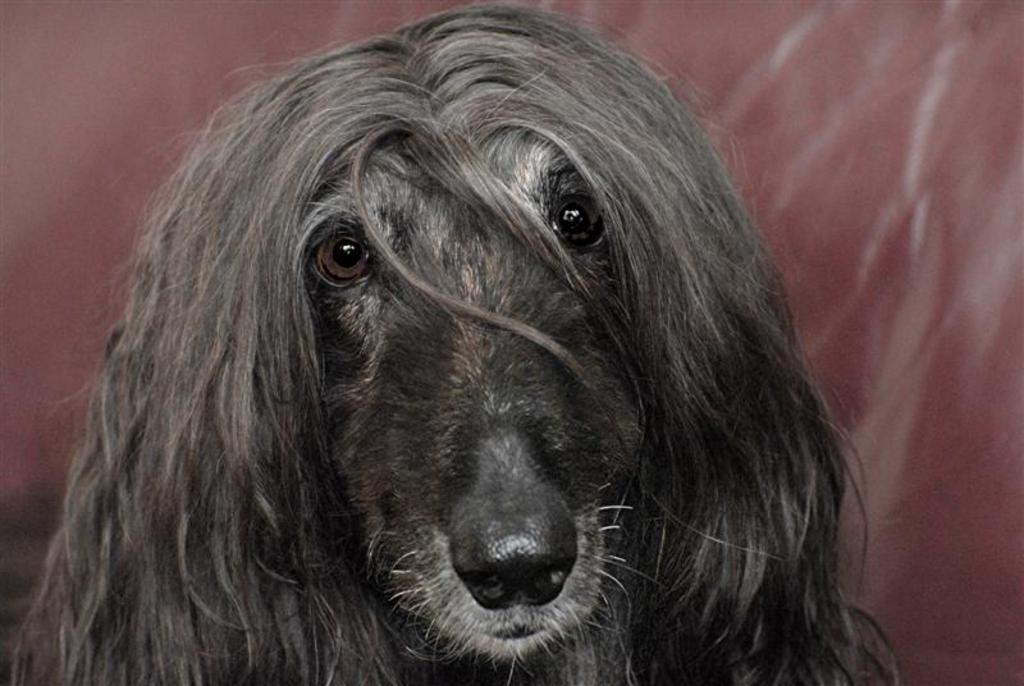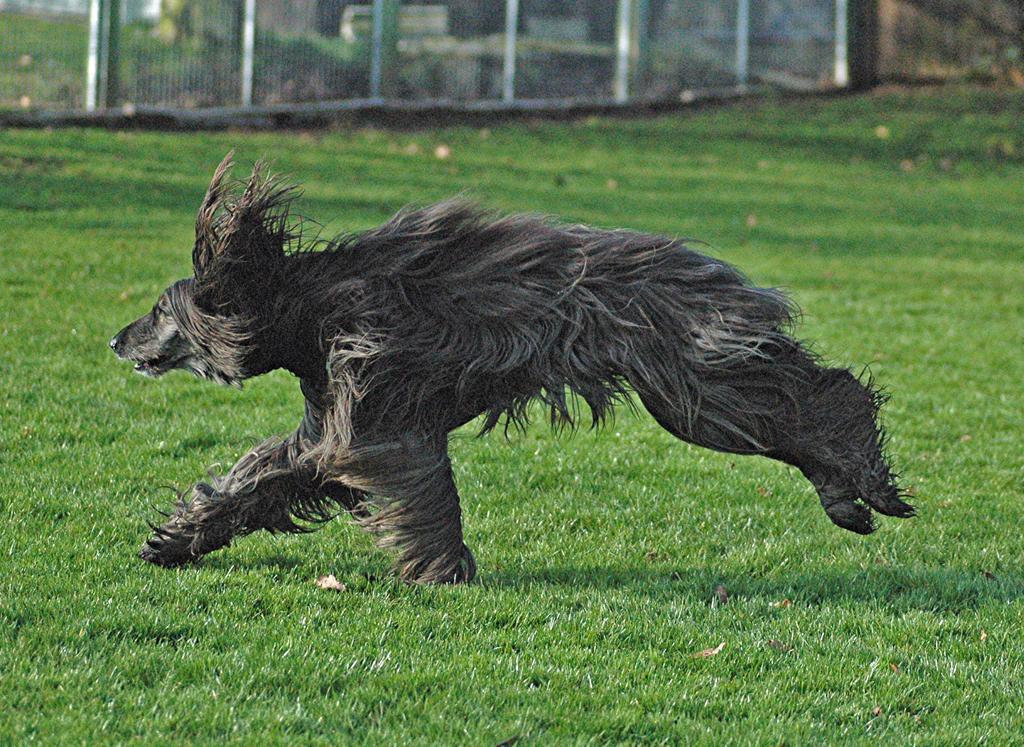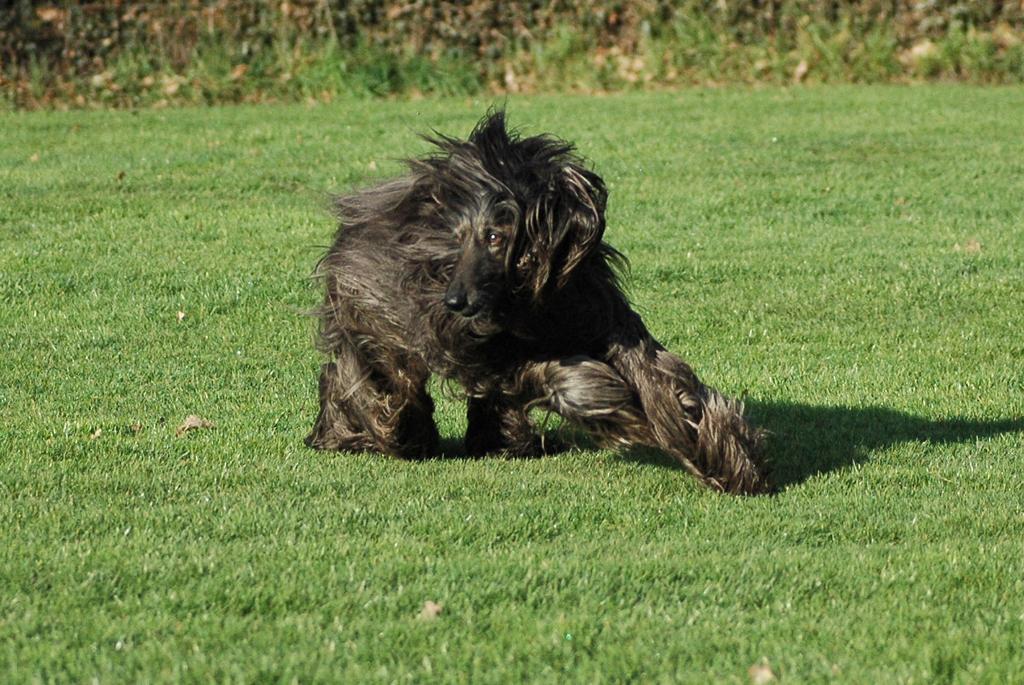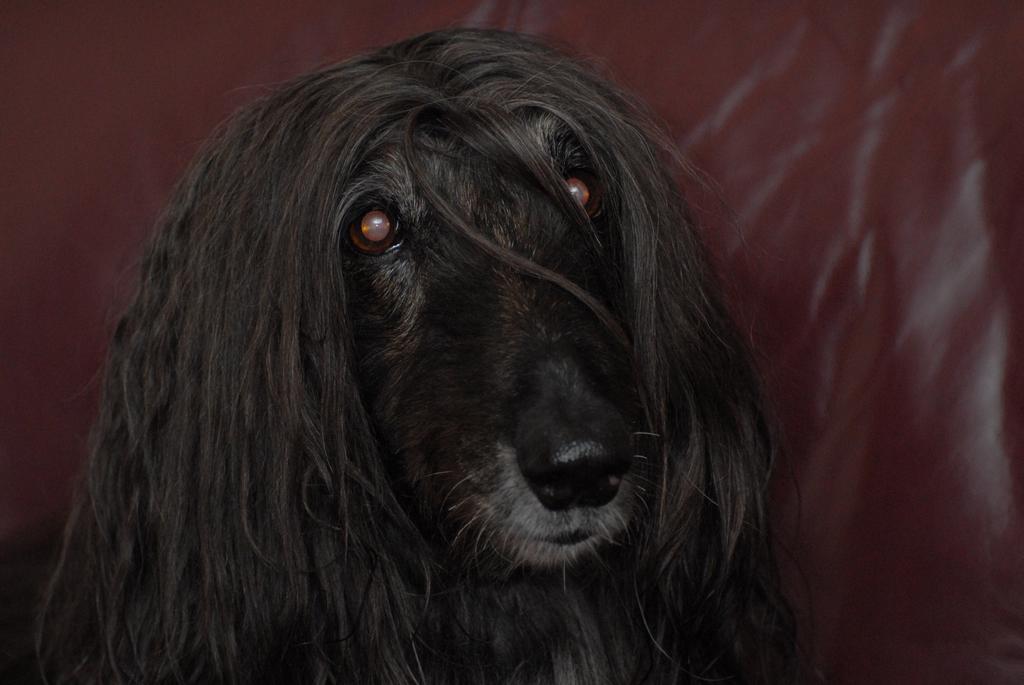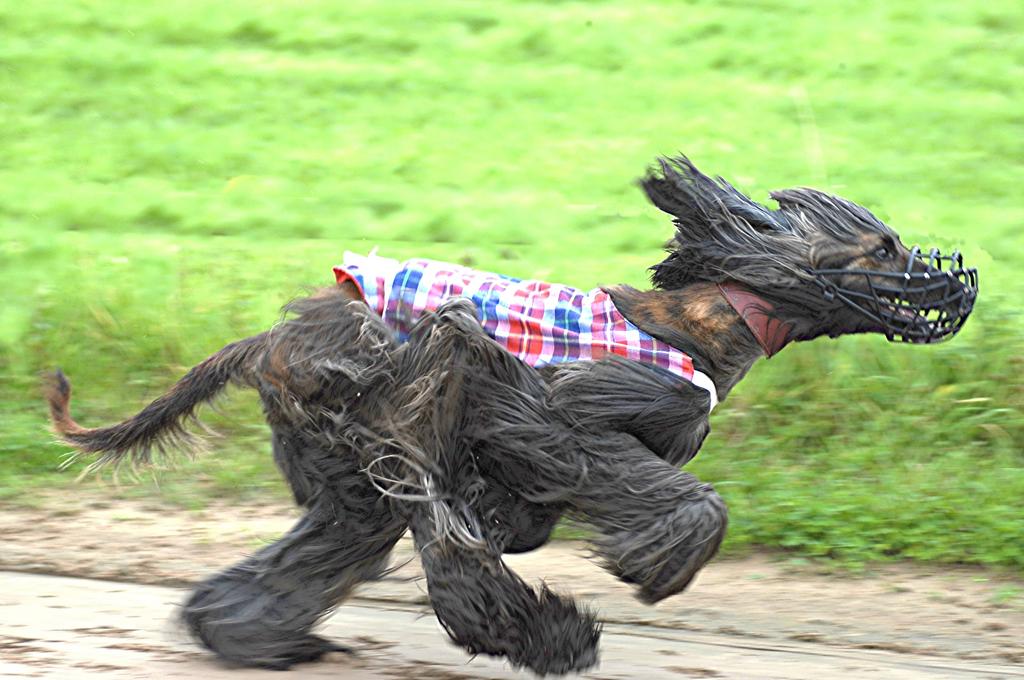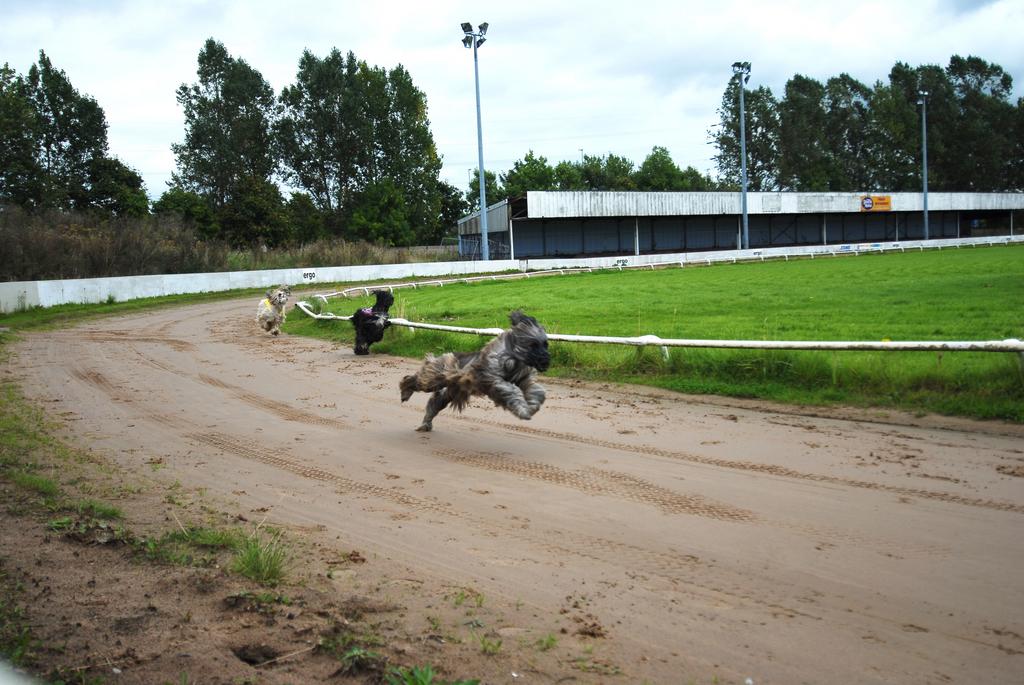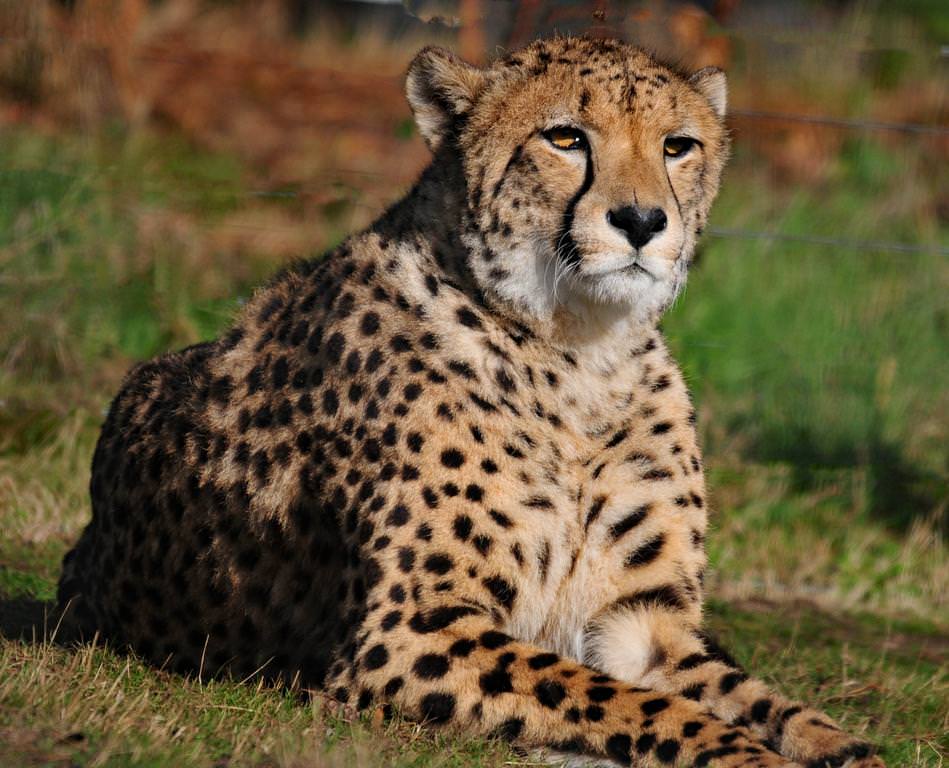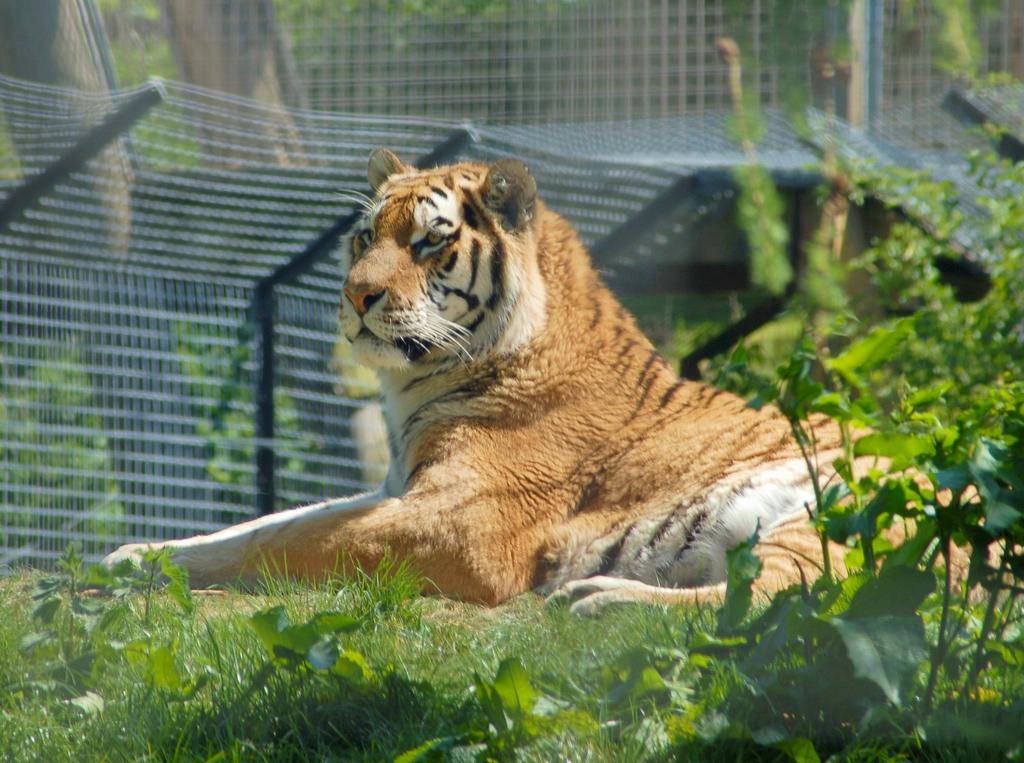- Messages
- 7,328
- Name
- Graham
- Edit My Images
- Yes
Hi all,
I have decided to give it a go and do some Animal photography, I have a 90cm Neewer softbox and a Neewer vision5 flash and some backdrops/stands etc.
Now what I would like to know is camera settings, I have a Nikon D750.
Would about f4 to f6.3 be ok and what af would I use, afa d9 or d21 or something else ?
Also what type of metering also would be best.
Thanks
I have decided to give it a go and do some Animal photography, I have a 90cm Neewer softbox and a Neewer vision5 flash and some backdrops/stands etc.
Now what I would like to know is camera settings, I have a Nikon D750.
Would about f4 to f6.3 be ok and what af would I use, afa d9 or d21 or something else ?
Also what type of metering also would be best.
Thanks
Last edited:




